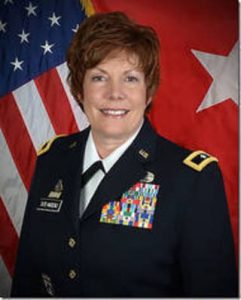
EDMOND — For 47 years, the University of Central Oklahoma has produced military leaders through the Reserve Officer Training Corps, including a woman who is a brigadier general and an inductee in the inaugural class of the ROTC Hall of Fame at Fort Knox, Ky.
Brig. Gen. Alicia A. Tate-Nadeau, an Enid native and graduate of the University of Central Oklahoma, was commissioned through the ROTC program as an Army lieutenant in 1986. She currently is assistant adjutant general in the Illinois National Guard.
She is one of five Oklahomans inducted June 10 into the national ROTC Hall of Fame. The others are H.E. Gene Rainbolt, an Oklahoma banker from Oklahoma City and 1952 University of Oklahoma ROTC graduate; Maj. Gen. Douglas O. Dollar, Stillwater, a 1967 Oklahoma State University ROTC graduate; Col. Henry O. Tuell III, a 1968 ROTC graduate of OU; and OSU President Burns Hargis, a 1970 ROTC graduate of OSU.
UCO’s ROTC program has been commissioning between 12 to 15 ROTC cadets annually, said Daryl Shryock, human resources administrator for the military science (ROTC) department since 2000. He has more than 28 years of military experience as a commissioned officer.
Like many colleges and universities, UCO offers students at other area universities the opportunity to be in the ROTC program.
Schools whose students can attend ROTC classes at UCO include Oklahoma City University, Southern Nazarene University, Langston University, Oklahoma Christian University and Southwestern Christian University.
Lt. Meagan Green is a Southern Nazarene University graduate who attended ROTC at UCO where she received her commission.
Students like herself commuted to UCO for the ROTC classes, she said.
This year marks the 100th anniversary of ROTC in America and Oklahoma.
The Oklahoma Military Hall of Fame will honor ROTC programs and their alumni at the Military Hall of Fame banquet Oct. 21 at Embassy Suites in Norman.
Maj. Gen. Dollar, founder of the Oklahoma Military Hall of Fame, has established a website for ROTC alumni to obtain more information and register to be recognized for their services.

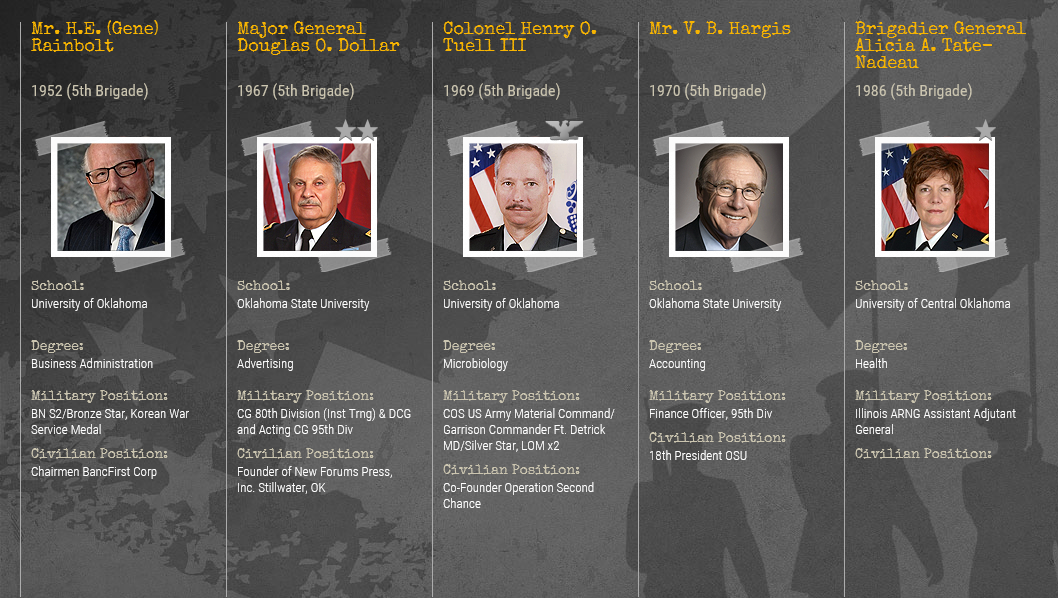
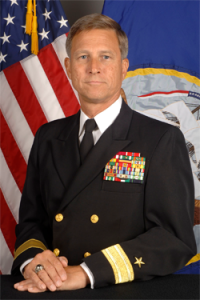 More than 80 graduates from Oklahoma State University have served as generals and admirals in the military service since World War I, but retired Rear Admiral Greg Slavonic (’71) could be the first to publish the leadership insights he learned along the way in a book titled Profiles in Patriotic Leadership.
More than 80 graduates from Oklahoma State University have served as generals and admirals in the military service since World War I, but retired Rear Admiral Greg Slavonic (’71) could be the first to publish the leadership insights he learned along the way in a book titled Profiles in Patriotic Leadership.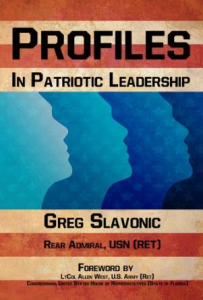 The admiral’s early view of leadership started to take shape when he was assigned to work 12-hour days in the mess hall of the aircraft carrier USS Constellation, which was stationed off the coast of Vietnam in the Tonkin Gulf.
The admiral’s early view of leadership started to take shape when he was assigned to work 12-hour days in the mess hall of the aircraft carrier USS Constellation, which was stationed off the coast of Vietnam in the Tonkin Gulf. 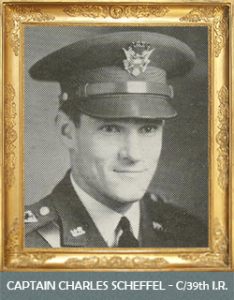 When Charles Scheffel was a youngster in Enid during the Great Depression, he was destined to become a soldier, but he didn’t know it yet.
When Charles Scheffel was a youngster in Enid during the Great Depression, he was destined to become a soldier, but he didn’t know it yet.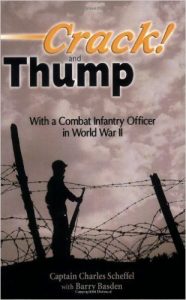 Scheffel had no intention of taking anything more than the mandatory ROTC courses, he said. ROTC turned out to help him not only to get his degree at OSU but to be an infantry leader in combat. He took basic ROTC three times a week. America had the draft and a student could be drafted from college unless he was in ROTC.
Scheffel had no intention of taking anything more than the mandatory ROTC courses, he said. ROTC turned out to help him not only to get his degree at OSU but to be an infantry leader in combat. He took basic ROTC three times a week. America had the draft and a student could be drafted from college unless he was in ROTC.
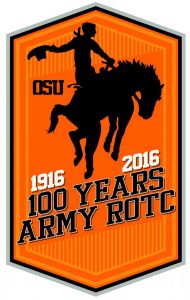 The Reserve Officer Training Corps was created nationally in 1916 and Oklahoma A&M College (now Oklahoma State University) wasted little time establishing an Army ROTC program in the same year on the Stillwater, Ok., campus.
The Reserve Officer Training Corps was created nationally in 1916 and Oklahoma A&M College (now Oklahoma State University) wasted little time establishing an Army ROTC program in the same year on the Stillwater, Ok., campus.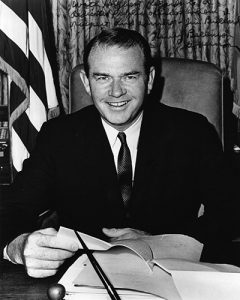
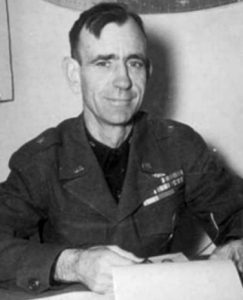
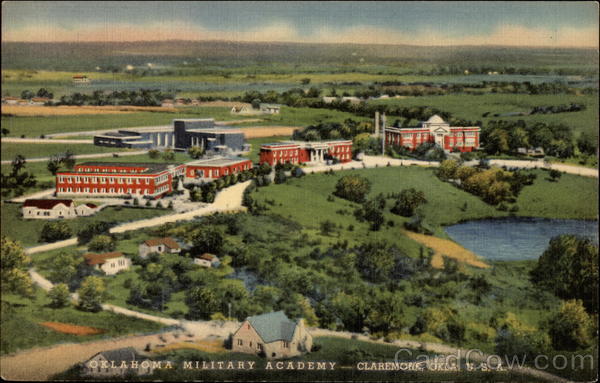
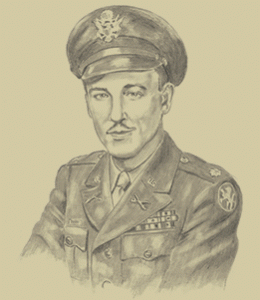 Lt. Col. Edwin Price Ramsey
Lt. Col. Edwin Price Ramsey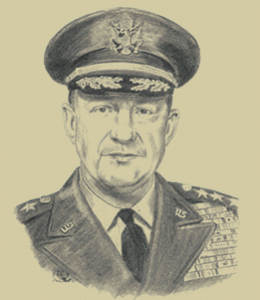 While at OMA, Potts was named a Distinguished Honor Graduate of OMA and the outstanding ROTC graduate by the U.S. Reserve Officer’s Association.
While at OMA, Potts was named a Distinguished Honor Graduate of OMA and the outstanding ROTC graduate by the U.S. Reserve Officer’s Association.

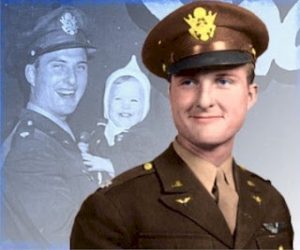
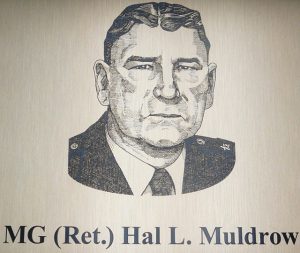 Muldrow, who lived in Norman, eventually would command the 45th. Funk, of Oklahoma City, would be a Colonel and would make the Army his career.
Muldrow, who lived in Norman, eventually would command the 45th. Funk, of Oklahoma City, would be a Colonel and would make the Army his career.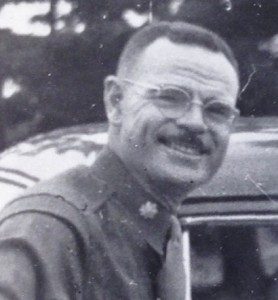
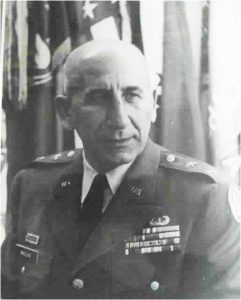
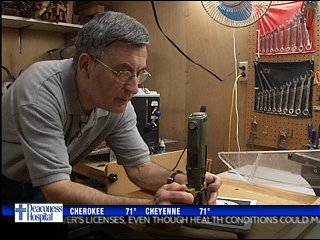
 Captain Robert J. Kelsey was born in 1945 at Lawton, Oklahoma. In June 1967 he received a commission in the U. S. Navy through the Navy ROTC Regular Program at the University of Oklahoma; he was selected to Phi Beta Kappa and graduated with a Bachelor of Science Degree in Mathematics and Physics.
Captain Robert J. Kelsey was born in 1945 at Lawton, Oklahoma. In June 1967 he received a commission in the U. S. Navy through the Navy ROTC Regular Program at the University of Oklahoma; he was selected to Phi Beta Kappa and graduated with a Bachelor of Science Degree in Mathematics and Physics.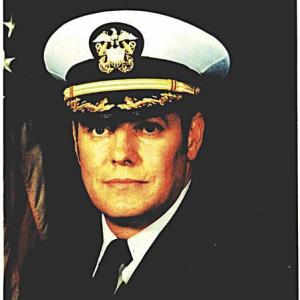 The scholarship endowment was established by the family and will be administered by the Oklahoma City Community Foundation.
The scholarship endowment was established by the family and will be administered by the Oklahoma City Community Foundation.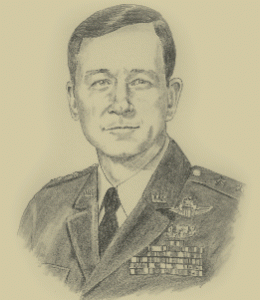 Major General Jerry D. Holmes, U.S. Air Force, was born 14 July 1935 in Jenks, Oklahoma and raised in Wewoka, Oklahoma. He graduated Wewoka High School in 1953. In 1958 he graduated The University of Oklahoma with a Bachelor of Science Degree in Geological Engineering and was commissioned a Second Lieutenant in the U.S. Air Force through the U.S. Air Force Reserve Officer Training Corps (ROTC). In 1964 he graduated The University of Oklahoma with a Master of Science Degree in Aerospace Engineering. He completed Squadron Officer School in 1965, graduated the U.S. National War College in 1976, and in 1985, graduated The Harvard University Program for Senior Executives in National and International Security.
Major General Jerry D. Holmes, U.S. Air Force, was born 14 July 1935 in Jenks, Oklahoma and raised in Wewoka, Oklahoma. He graduated Wewoka High School in 1953. In 1958 he graduated The University of Oklahoma with a Bachelor of Science Degree in Geological Engineering and was commissioned a Second Lieutenant in the U.S. Air Force through the U.S. Air Force Reserve Officer Training Corps (ROTC). In 1964 he graduated The University of Oklahoma with a Master of Science Degree in Aerospace Engineering. He completed Squadron Officer School in 1965, graduated the U.S. National War College in 1976, and in 1985, graduated The Harvard University Program for Senior Executives in National and International Security.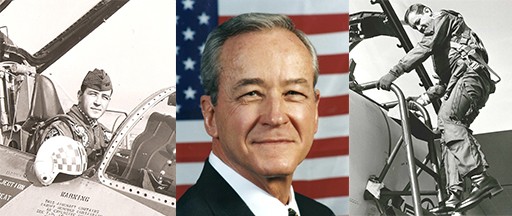 Maj. Gen. Holmes’ military awards and decorations include the Defense Distinguished Service Medal, U.S. Air Force Distinguished Service Medal, Legion of Merit, Distinguished Flying Cross, Bronze Star Medal, Meritorious Service Medal with Oak Leaf Cluster, Air Medal with six Oak Leaf Clusters, U.S. Air Force Commendation Medal with Oak Leaf Cluster, and the Outstanding Unit Award with “V” for Valor in combat.
Maj. Gen. Holmes’ military awards and decorations include the Defense Distinguished Service Medal, U.S. Air Force Distinguished Service Medal, Legion of Merit, Distinguished Flying Cross, Bronze Star Medal, Meritorious Service Medal with Oak Leaf Cluster, Air Medal with six Oak Leaf Clusters, U.S. Air Force Commendation Medal with Oak Leaf Cluster, and the Outstanding Unit Award with “V” for Valor in combat.